Born in Australia in 1978, Adam Ferguson studied photography at Griffith University. He first won…
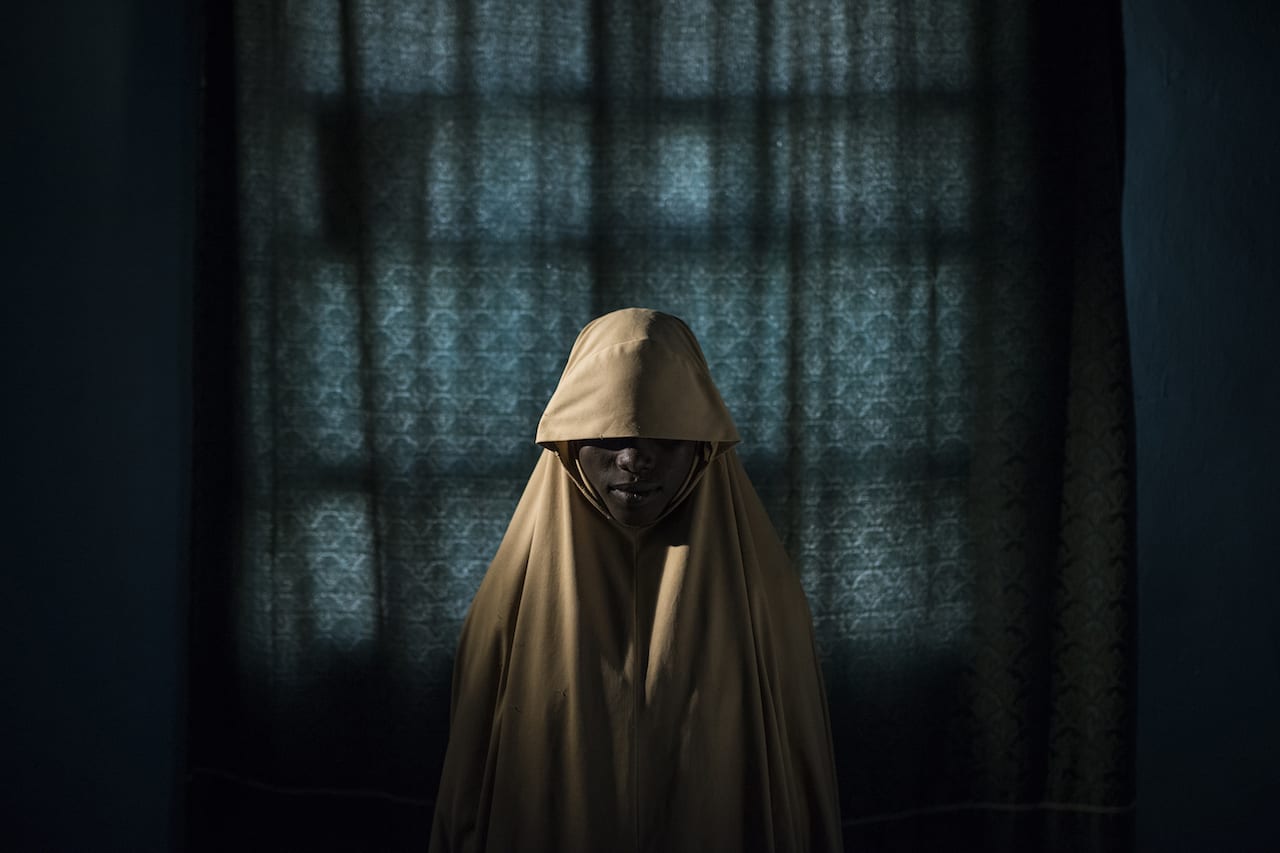

Born in Australia in 1978, Adam Ferguson studied photography at Griffith University. He first won…
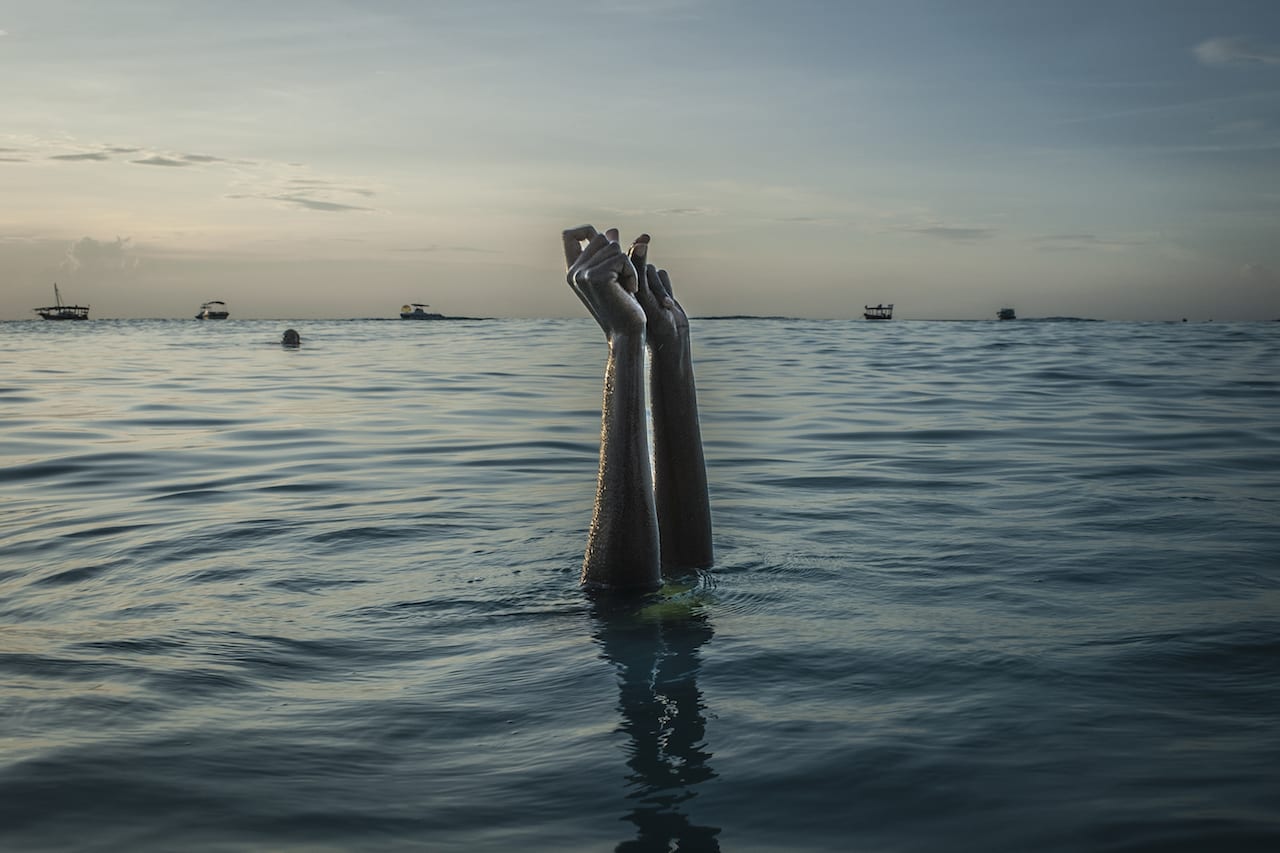
This year, he says, all the images have been thoroughly checked before the shortlists have been announced, let alone the winners. “All the checking is already done – all raw files, where the images were shot, everything,” he tells BJP. “We know how important it is that everything can be trusted, and we keep asking questions until we are satisfied. We wouldn’t announce the shortlists unless we were.”
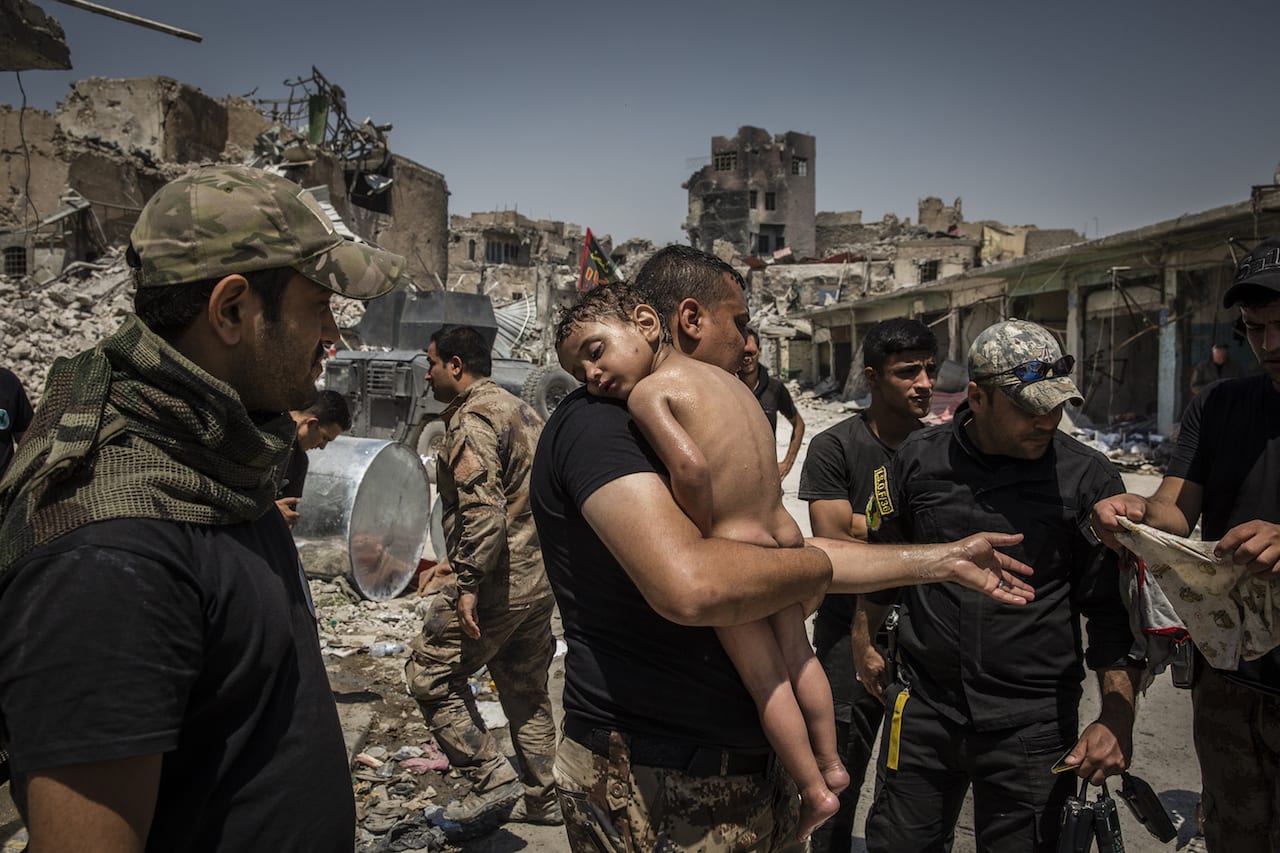
“If you are asked to think what is the photo of the year, you have to try to have something about the events of that year, and that sends you to a news or documentary photography,” says Magdalena Herrera, director of photography for Geo France and chair of the jury for the 2018 World Press Photo Contest. “But we were looking for a point of view, the photographer’s point of view. We weren’t looking for an opinion, but for images in which someone had been able to take the photographic tool to envisage their part. Even if you are a documentary photographer, you choose the moment when you take the shot. YOU are the one reporting.

“The East End after the war was an imagined territory for me,” writes photographer Chris…
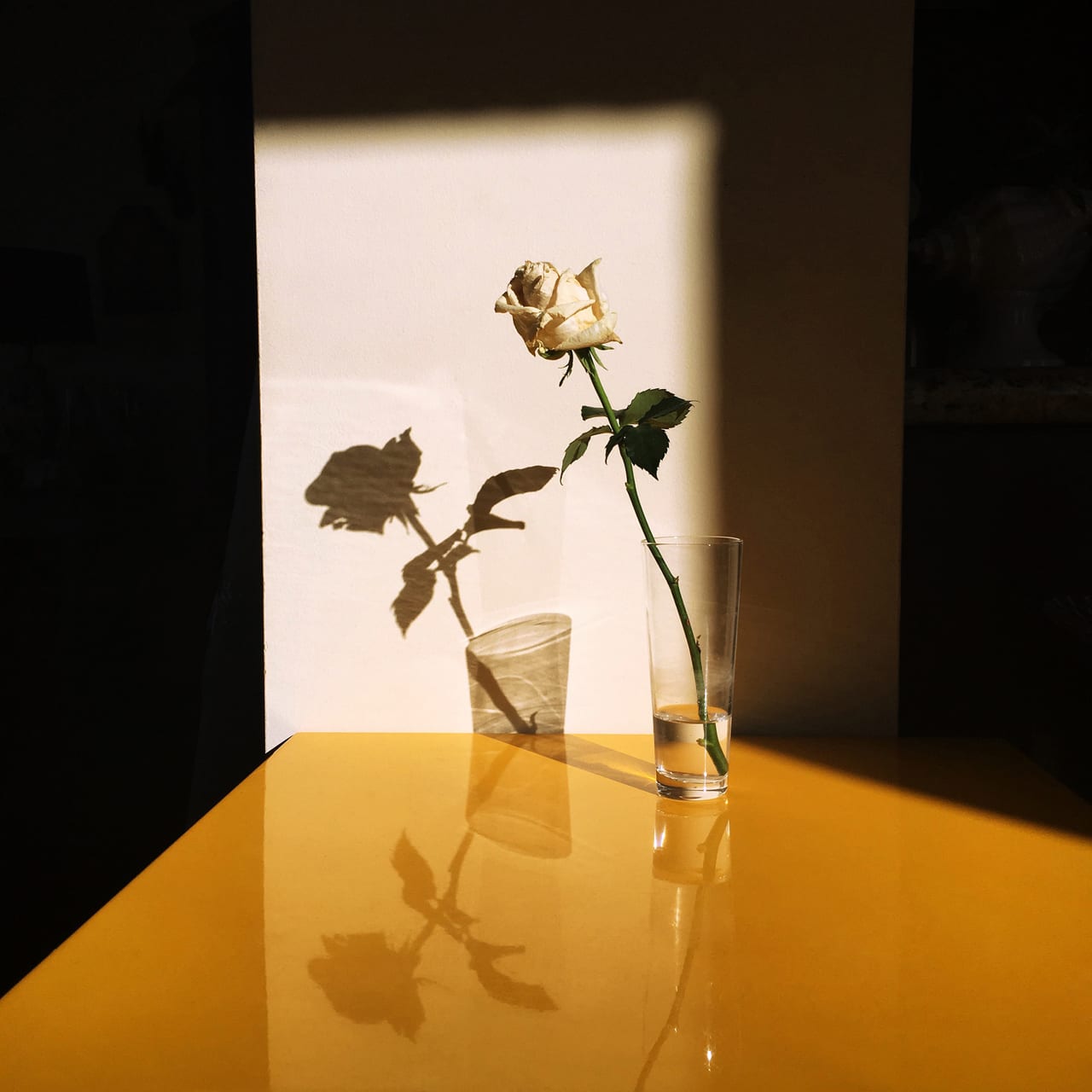
Six years ago, when John Arsenault first started taking photographs of flowers, they were intended as modern-day love letters to his new boyfriend. Posted on Instagram with the ambiguous title ‘For You!’, the tender images depicted roses the NYC-based, fine-art photographer had picked out for his lover – but the identity of that new beau stayed private at the beginning. Six months later he was ready to reveal the secret recipient – his partner, and now his husband, Raf. Shortly afterwards For You! became a series for everyone, as Arsenault started tagging all the people he was thinking of while photographing the flowers. For You! Was completed in 2017, when he captured the image ‘9:15am, Haverhill, Massachusetts’ at his aunt’s home. “I took the image and knew immediately it was the final image of the series,” he says, adding that he used the same simple facts for the captions of each of his images – the time, the date, and often the location.
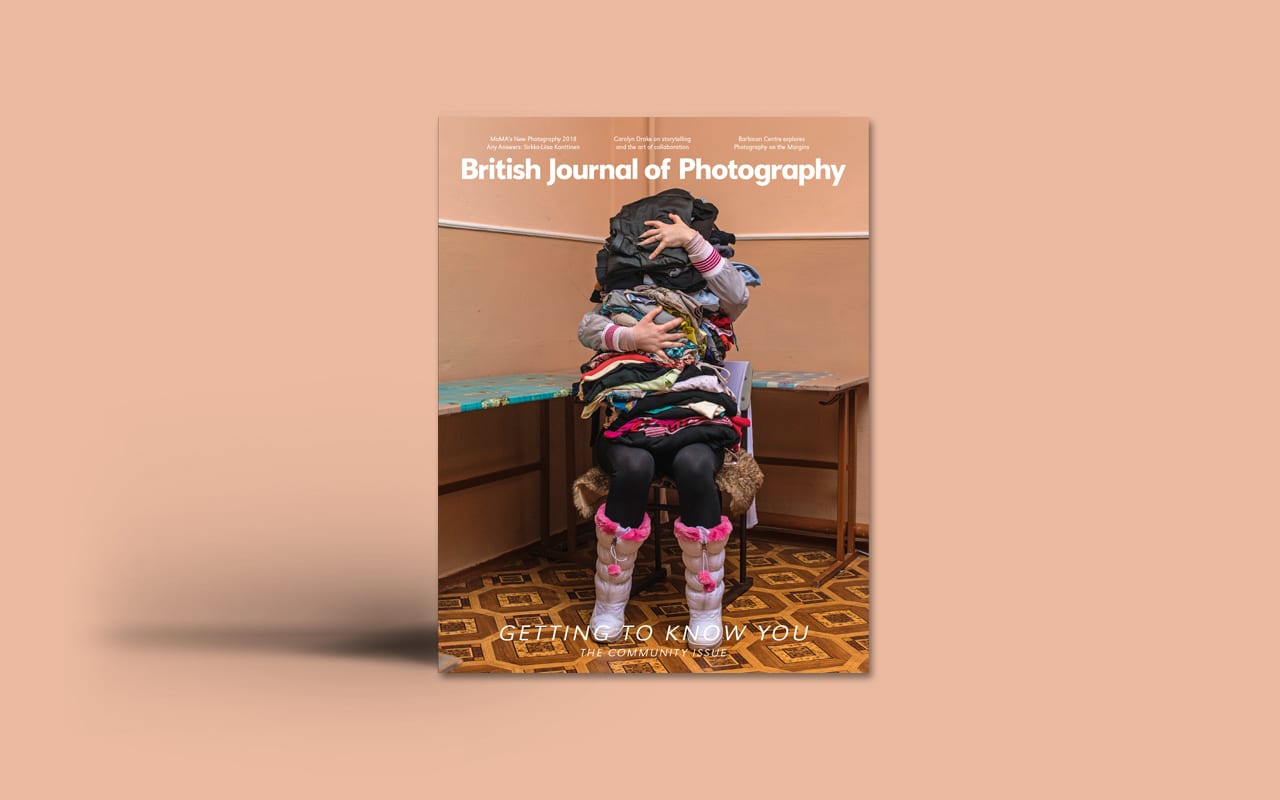
Last month BJP focused in on group work; this month we’re looking at a different kind of collaboration – projects in which photographers engage in a two-way dialogue with their subjects. One of the best – and the best-known – examples is Jim Goldberg, who works with subjects such as teenage runaways and migrants to tell wide-sweeping stories of marginalisation and economic disparity. Using an eclectic mix of photographs, archive materials and video, and both marking up himself and invites his subjects to write on, he creates complex montages guided by his sense of “intimacy, trust and intuition”. Incorporating the perspectives of the communities and subcultures he represents, his work is informed by his own background in a blue-collar family in New Haven.
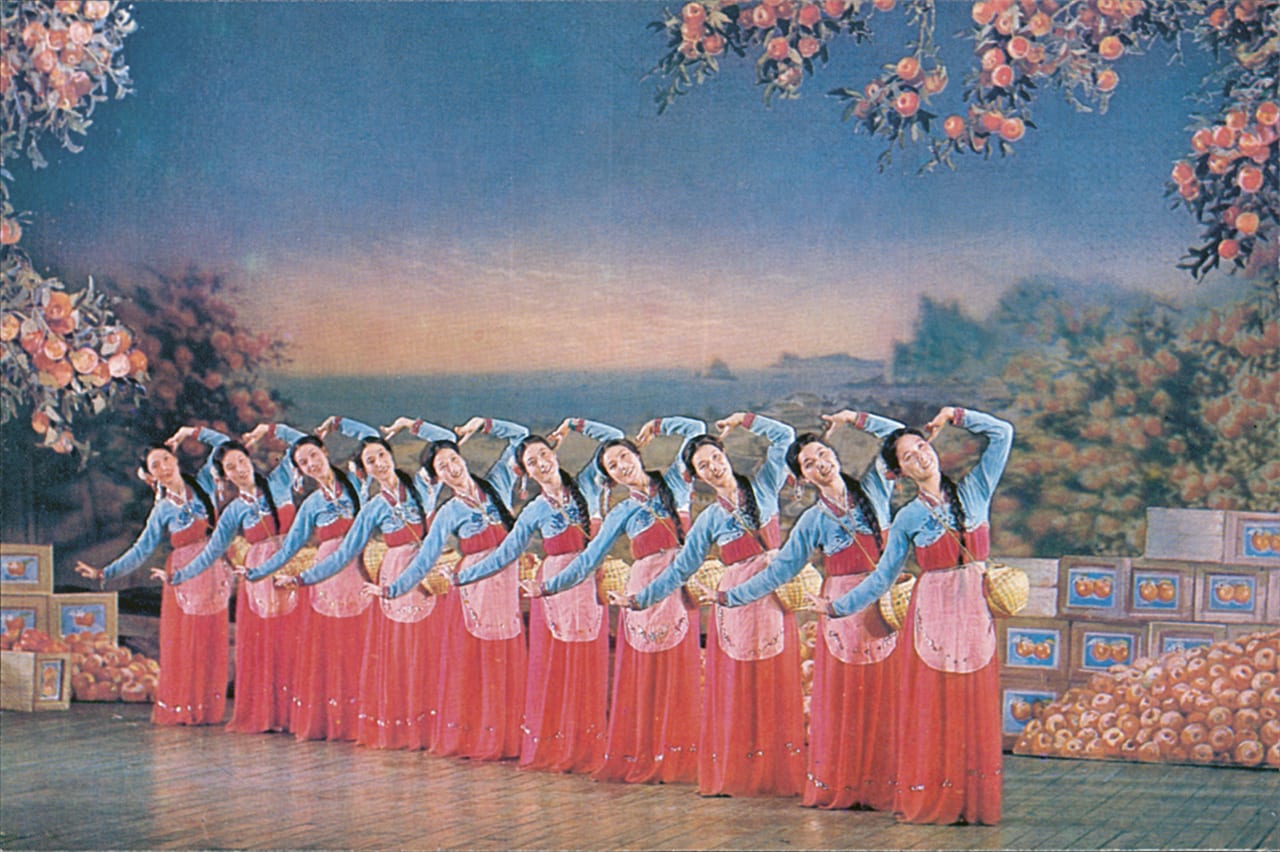
Nicholas Bonner first visited Korea in 1993, and since then has spent “most of my adult life involved in North Korea”. Now based in Beijing, he makes regular trips to the country with his company, Koryo Tours, and has also put together films and other cultural projects with North Korea with his other business, Koryo Studio. Bonner has collected ephemera from North Korea for nearly 25 years and recently published a book showcasing some of it with Phaidon, Made in North Korea: Graphics from Everyday Life. Featuring everything from metro tickets to stamps, postcards to luggage labels, tinned food labels to gift-wrap, it includes a healthy proportion of photographs made and disseminated by the DPRK. BJP caught up with him to find out more.
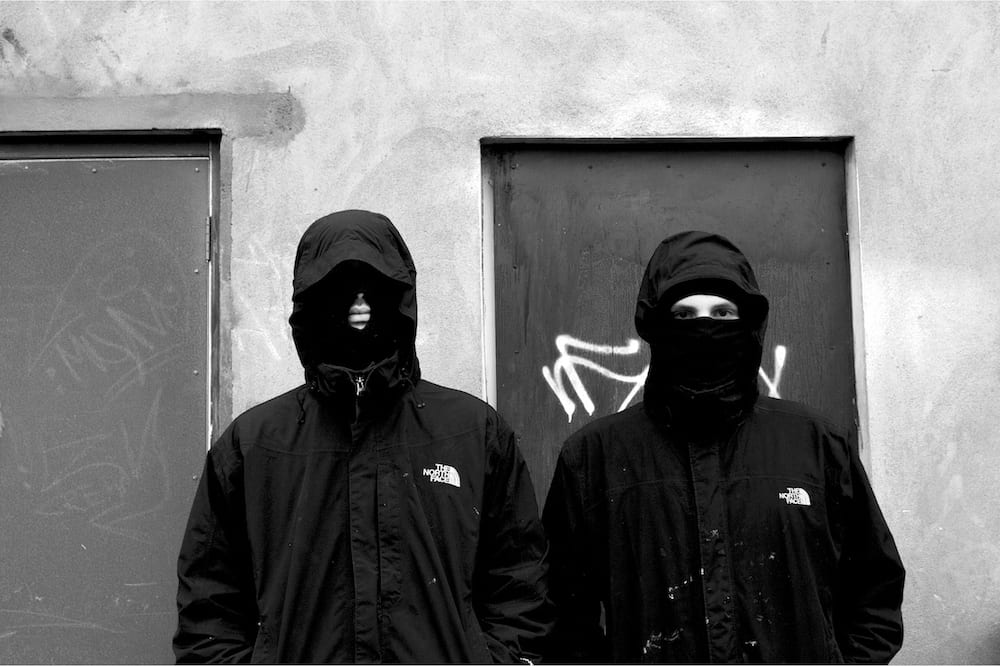
Shadowing a London graffiti crew for one year altered Marc Vallée’s perception of the place he calls home
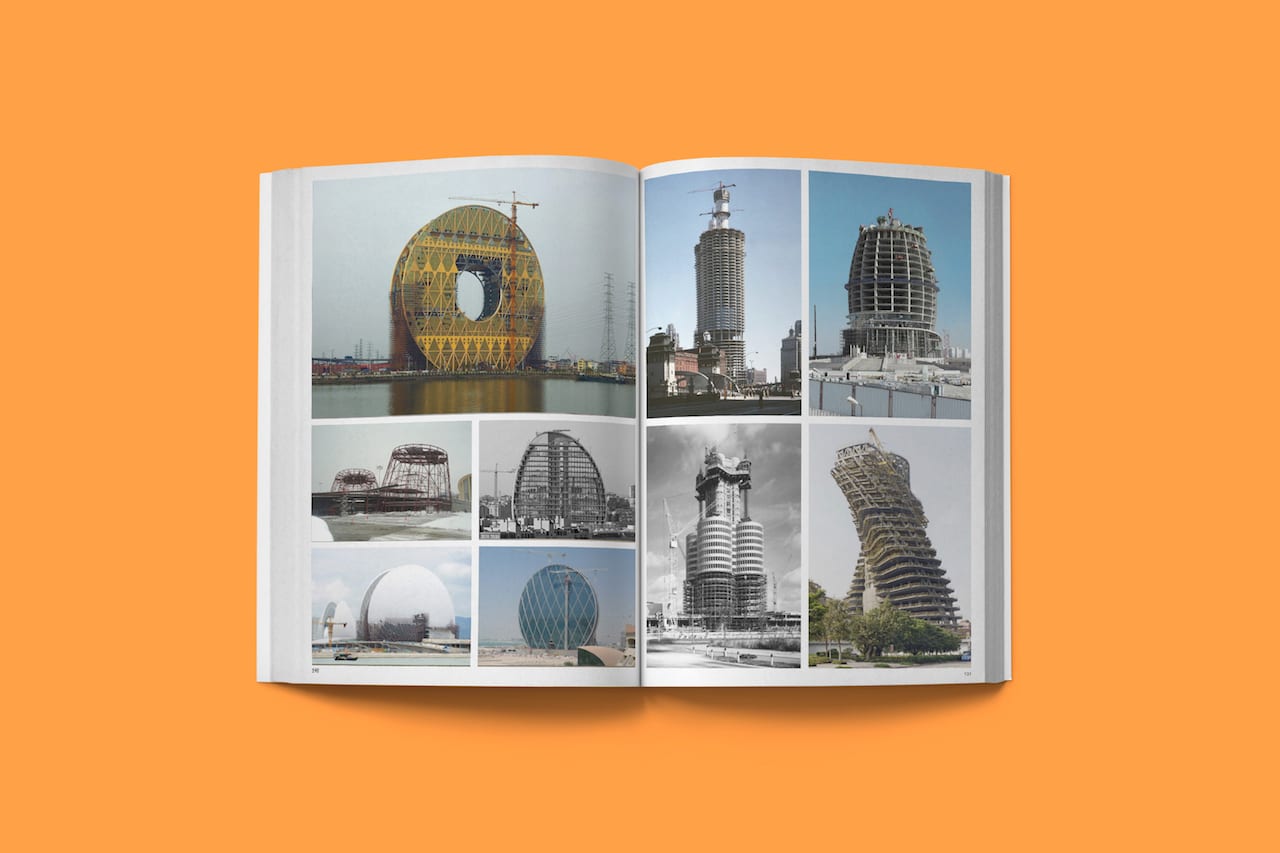
“It may seem like a provocation, but I am not particularly interested in architecture – at least not in that of great architects and cult buildings,” says Eric Tabuchi. “I’m interested in what humans build, whether for shelter, work, recreation or worship. Basically, what has captivated me for 20 years is the vast domain of anonymous architecture, which is the daily environment of most of the inhabitants of this planet, and which we do not look at it so much. It appears to us without any real quality.”